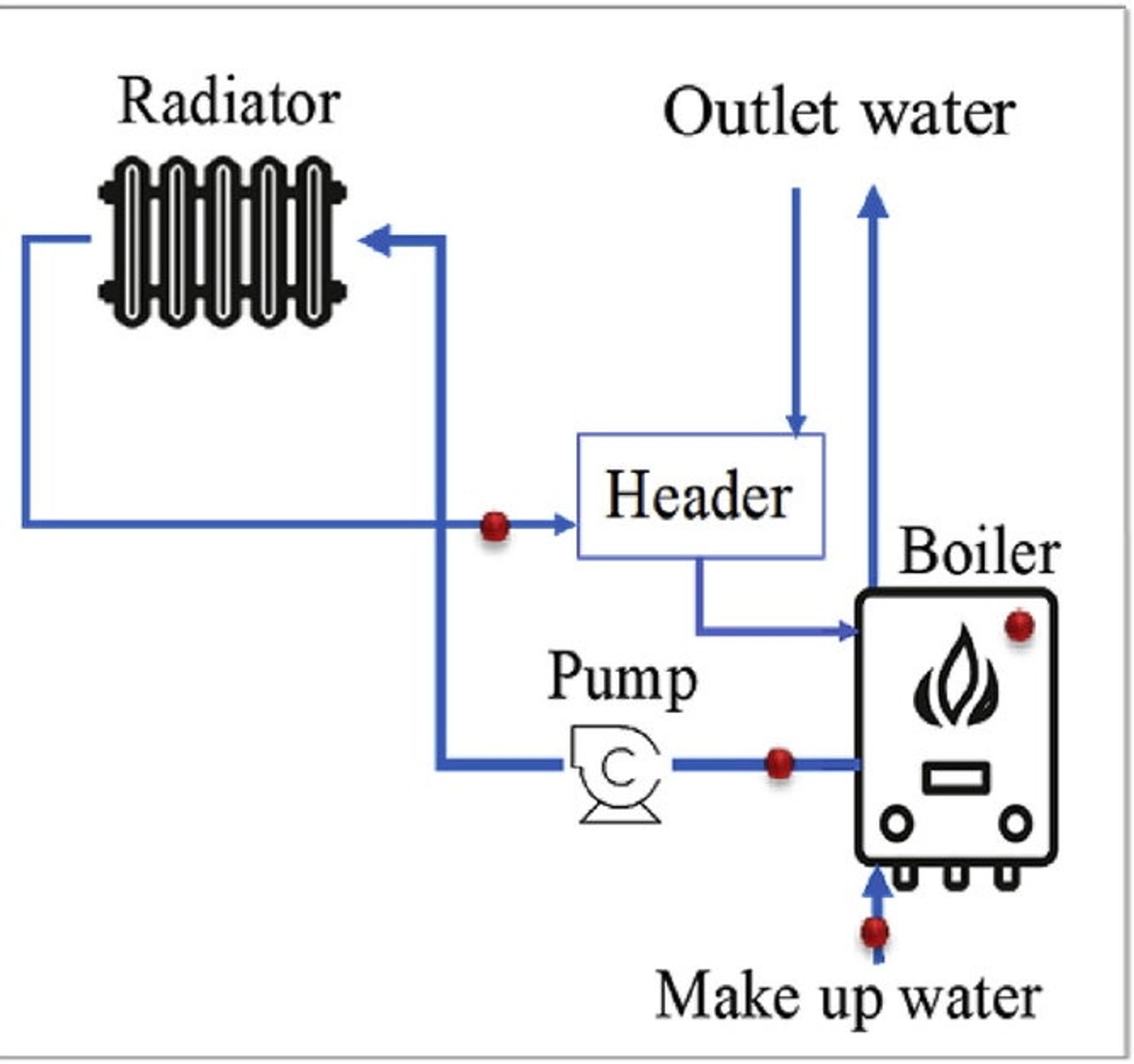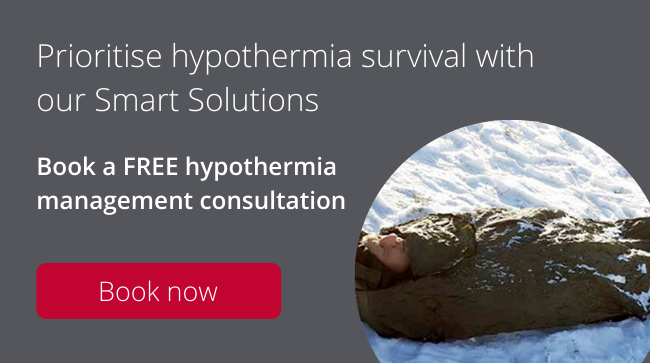
28/08/2023
How can understanding a central heating system help with the Lethal Triad?
On a hot summer’s day in the UK, I was presenting a lecture on hypothermia to a diverse group of students from first aid instructors to pre-hospital doctors. The temperature outside was touching 30?C, with clear blue skies, and no wind or precipitation.
The first question I asked was, “Would hypothermia be considered in these conditions?” A large proportion of the class replied it would “not be an issue.” This is not an unusual response, on many occasions when people think about hypothermia, it’s often linked to adverse cold and wet weather and not the wonderfully warm, calm day of this presentation.
Moving on from this initial question I asked my class to move away from medicine for a few minutes and think about a central heating system and basic plumbing. A few puzzled looks, but everyone agreed to go with my suggestion.
A central heating system has three basic components that allow it to generate heat.
- A pump – Provides the energy to create heat and move regulated heated water around the system.
- Pipes – Provide a transportation network for the heated water.
- Water – Provides the medium to carry heat to the required location.
Let us now consider the consequences of when the system is damaged.
- If a central heating system gets a burst pipe, then water will escape.
- If there is reduced water in the system, then the ability to produce and deliver heat throughout the system will be lost.
So how does this help us understand why trauma-induced hypothermia can occur on hot days?
Let us now think about our circulatory system.
At a basic level, it has similar components.
- The heart is the pump that will create the energy to move fluid.
- The veins and arteries are the transport network to contain and move the fluid.
- Blood is the circulating fluid providing many roles, but importantly transporting regulated heat around the body.
If we get a damaged blood vessel, our circulating fluid will leak out and we will lose operating volume.
If there is a reduction of fluid held within our circulatory vessels, our body loses one of its major mechanisms to generate, transport, and regulate heat. If this happens, then we get cold.
Regardless of ambient outside temperature, casualties who lose blood also lose the ability to generate heat. When managing a trauma casualty, it’s important to remember as with a central heating system, that lack of circulating fluid will reduce heat production and dispersal.
Let’s now consider why this is important when addressing patient outcomes.
It is well established that hypothermia has a highly detrimental effect on patient outcomes, with mortality in hypothermic combat casualties being double, in comparison to normothermic casualties with similar injuries. (Eastridge BJ,2006 & CPG, 2012).
The Lethal Triad is often referred to when teaching trauma and why the presence of hypothermia can reduce survivability, so what is the “Lethal Triad?”
There are three elements in the Lethal Triad.
Hypothermia
Trauma patients are at serious risk of hypothermia due to a multitude of reasons including hypovolemic shock, and traumatic brain injuries. The body's normal mechanisms to maintain a normal temperature are impaired.
Acidosis
Deprived of oxygen, cells burn glucose, leading to an increase in lactic acid, which enters the bloodstream in a process called acidosis. Acidosis damages tissues and organs and can reduce myocardial performance.
Coagulopathy
Blood clotting is a temperature and Ph-dependent process, both of which are abnormal in the lethal triad. The presence of them creates a reduction in blood clotting (coagulopathy). Lack of the ability to clot will increase bleeding and in turn, increase acidosis and hypothermia.
Regardless of what climate we are operating in, a loss of blood will affect our ability to produce heat which in turn exposes us to hypothermia. Hypothermia affects our ability to clot and the lack of available oxygen will trigger anerobic respiration. The three factors will continue to contribute to one another, and as the casualty becomes more acidotic and hypothermic, they are less able to clot and will bleed even more. Without appropriate intervention, the cascade will lead to death.
Conclusion
The question we started with was, “Could you get hypothermia on a warm day?”
As noted, when we lose blood, our ability to generate heat is compromised and puts us at risk of becoming hypothermic. Hypothermia contributes to the “lethal triad” and has a significant effect on potential survivability. Regardless of environmental conditions, when our internal system for generating heat is compromised by trauma we need to be thinking about hypothermia and addressing it as a priority area.
When explaining why the trauma patient is at risk of hypothermia and consequently the detrimental aspects of the lethal triage, it may be useful to use the comparison of a central heating system, with components compared to a human's circularity system.
For more information about how to best manage trauma-induced hypothermia, please get in touch with our team, and visit our Hypothermia Management page on our website.












